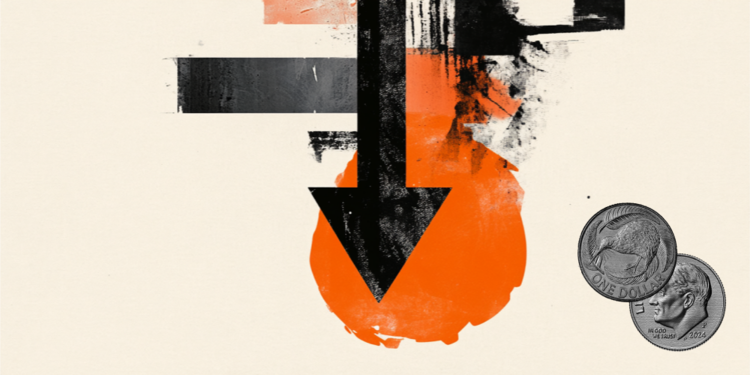There’s a lot of hype right now around the Google Pixel 6, which has new cameras, its own Google Tensor chip, and other flagship-grade specs. Some of this hype stems from Google announcing the smartphone months before its release, and some from the bold two-tone design that looks significantly better than the boring Pixel 5. This is the most significant Pixel update Google has made since launching the line in 2016 year.
Previous Pixel smartphones have been in the safe, quiet and redundant mid-range segment, with prices ranging from $ 600 to $ 800. For most people, these were good and sometimes great devices, but they lacked the charm, features and appeal of premium flagships from Samsung and Huawei.
So what’s the problem? In short, previous Pixel smartphones sold so-so. The Pixel 6 is an attempt to make the line more successful and attractive. Instead of using a Qualcomm Snapdragon processor, Google created its own chip called Tensor. This allows the Pixel 6 to perform computations and AI more securely and quickly, rather than having to rely on the cloud all the time. Tensor allowed adding a lot of software features that could not be imagined in a smartphone without it.
Along with the announcement of the Pixel 6, Google announced extended support times for it. The new Pixel will receive security updates for five years and OS updates for four. Even the Pixel’s trump card, its cameras, have received updated lenses and higher quality equipment. This is how I’ve always wanted Google’s Pixel to be. I spent about a week with the new “pixel” and it justifies the hype. The Pixel 6 starts at $ 599 for the 128GB version. I can’t think of a better smartphone for this price.
Specifications
- Screen: 6.4 inches, 90Hz, OLED, 2400×1800, 411 PPI.
- Operating system: Android 12.
- Chipset: Google Tensor, 5 nm.
- CPU: Cortex-X1 (2 × 2,8 ГГц) + Cortex A76 (2 × 2,25 ГГц) + Cortex-A55 (4 × 1,8 ГГц).
- GPU: Mali-G78.
- Memory: 8 GB + 128 GB or 256 GB.
- Main camera: 50 MP (wide angle), 12 MP (ultra wide angle), LED flash.
- Front camera: 8 MP.
- Battery: 4614 mAh, non-removable, fast charging 30 W, wireless charging.
- Dimensions: 158.6 x 74.8 x 8.9 mm
- Weight: 207 grams.
- Communication: Wi-Fi 6E, 5G sub6, dual SIM, Wi-Fi Direct, Bluetooth 5, USB OTG.
- Sensors: accelerometer, gyroscope, illumination, digital compass, sub-screen fingerprint scanner.
The bold two-tone design looks great
The Pixel 6 has a 6.4-inch 1080p display. Adaptive 90 Hz mode is available. Already traditional, the front camera has a hole on the screen, and it is flat with thick bezels that turn into brushed aluminum side frames. In comparison, it reminds me a bit of the iPhone XR and iPhone 11. The screen is pleasant to use. It has good resolution, but the Pixel 6 Pro is better.
The front side of the smartphone is covered with Gorilla Glass Victus. There is a fingerprint scanner under the screen, which for me personally did not work for about half of my attempts. It was disappointing and not very pleasant. Later, I registered two identical fingerprints in the smartphone database and finally everything started to work well.
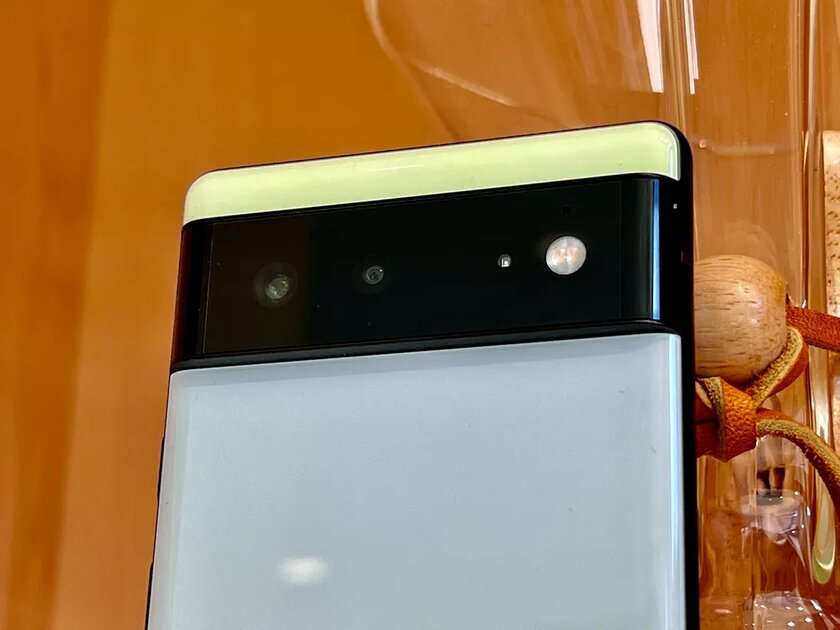
The backside design really drives me crazy. It is covered with Gorilla Glass 6 and comes in two colors. My review unit is a Sorta Seafoam, which means the bottom is light gray or light blue depending on the lighting. And the top stripe is light green, which contrasts nicely with the deep black color of the camera panel. The overall look of the Pixel 6 is a bit like the Pixel 2 XL and its colors.
The horizontal camera strip runs the entire width of the rear panel and looks bold and unusual. Its function is not only to distinguish the smartphone from the rest, it also acts as a stand – if you put the Pixel 6 on a table, it will not wobble.
In general, there are no questions about convenience and decoration. But if you take the Pixel 6 Pro, which costs $ 300 more, you will notice that at some points it seems more premium.
Pixel 6 takes great pictures
Of all the new tricks I wanted to try the cameras the most, Google definitely did better. The Pixel 6, with its redesigned lenses and sensors, takes fantastic photos. It’s still a smartphone, of course – a mirrorless camera or DSLR can take better photos in a wider light range and in harsher conditions. But the camera is not always with you.
The Pixel 6 has two cameras on the back: one with a wide-angle lens and another with an ultra-wide-angle lens. These are the same wide and ultra-wide cameras found on the Pixel 6 Pro. The ultra-wide camera offers 0.7x magnification instead of the 0.6x magnification on the Pixel 5. Overall, it is good, but not flawless. The photos are quite detailed, but often you can get a little blurry shot.

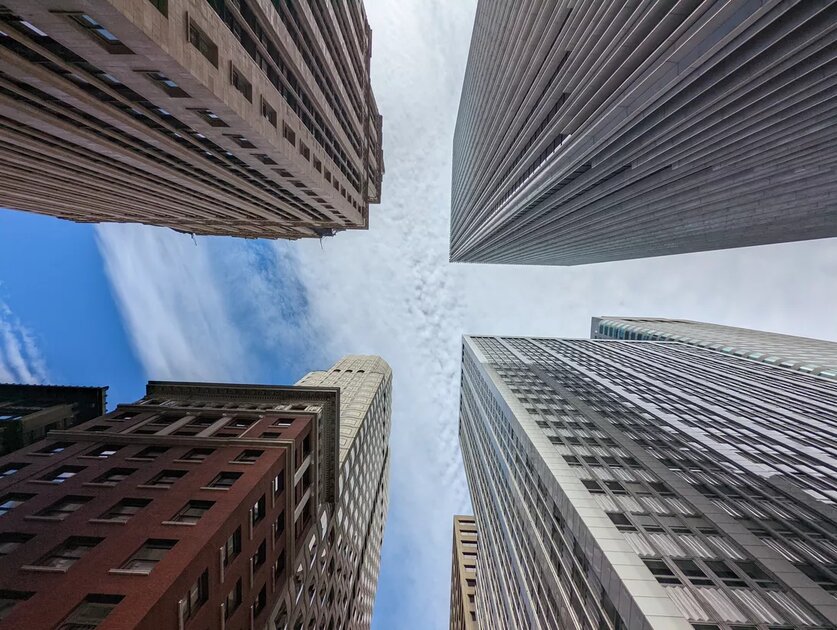


When switching from the main camera to the ultra-wide one, there is a noticeable decrease in quality. I would also like the ultra-wide camera to be wider. I like the review more with those on the Galaxy S21 Ultra and iPhone 13 Pro.
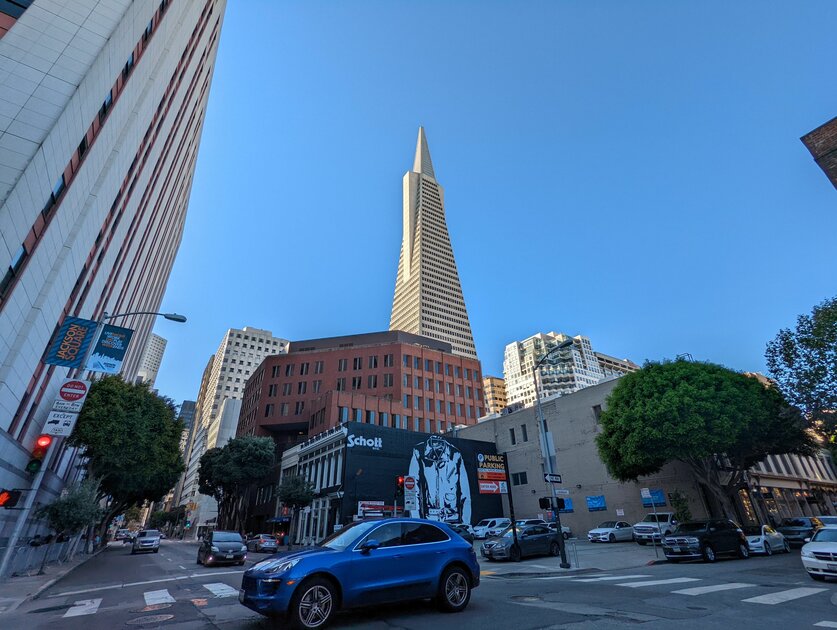
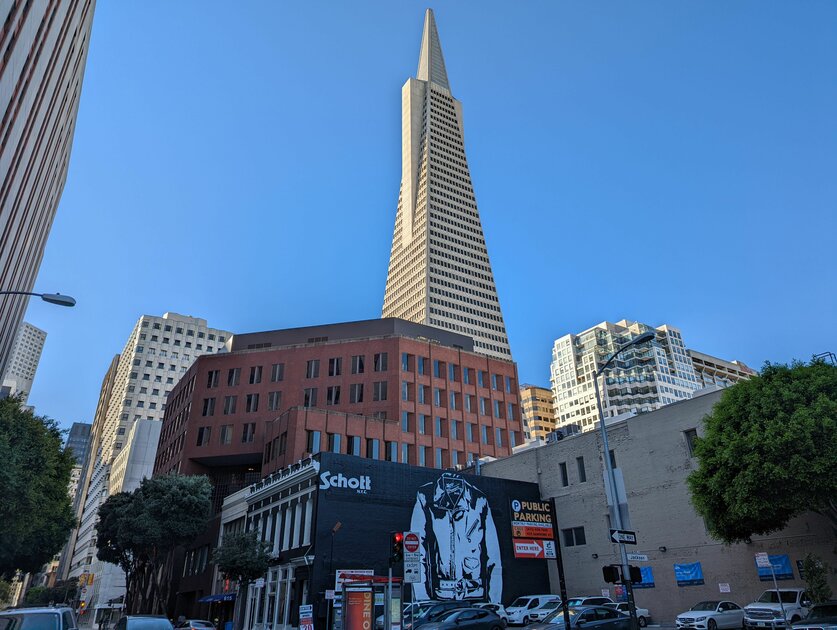
The main camera has a 50-megapixel sensor that uses pixel binning to create 12.5-megapixel images. Photos from the Pixel 6 are amazing. The details are great.
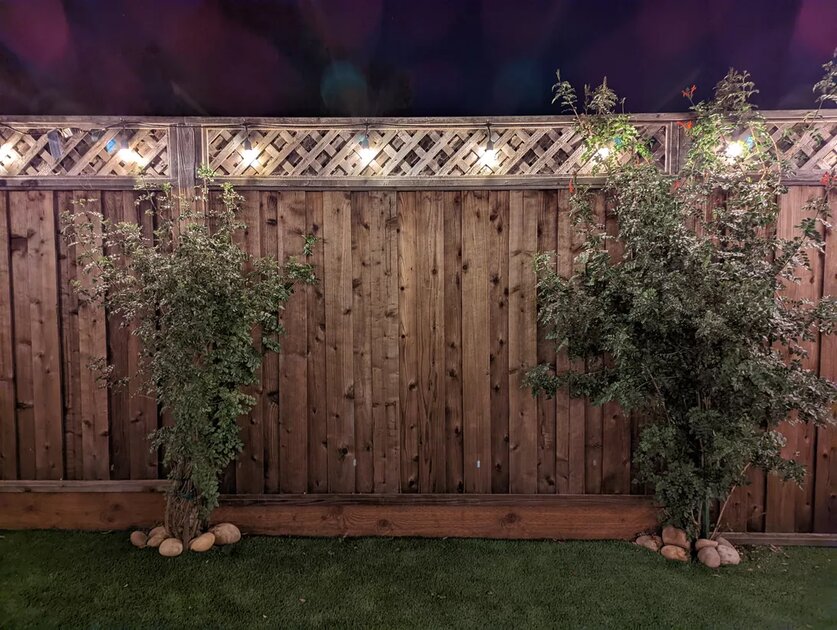
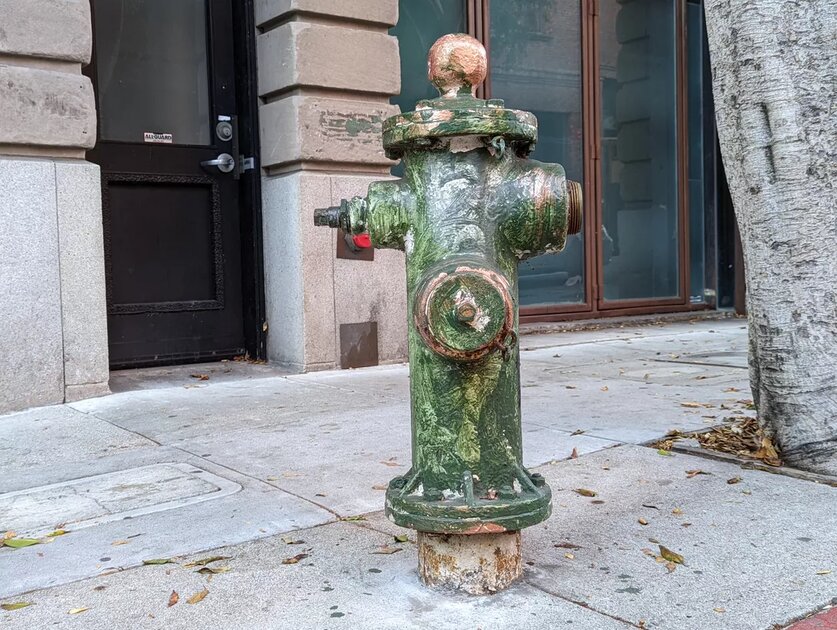
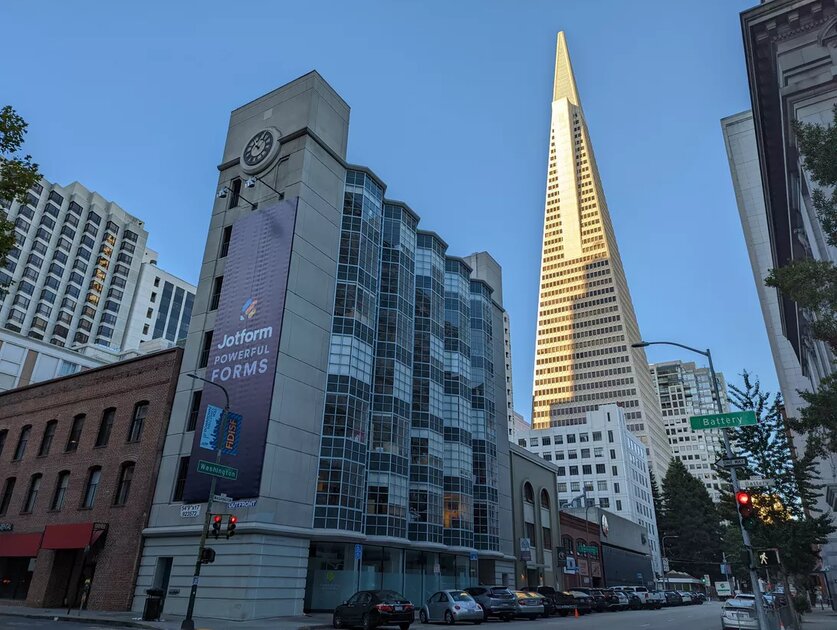
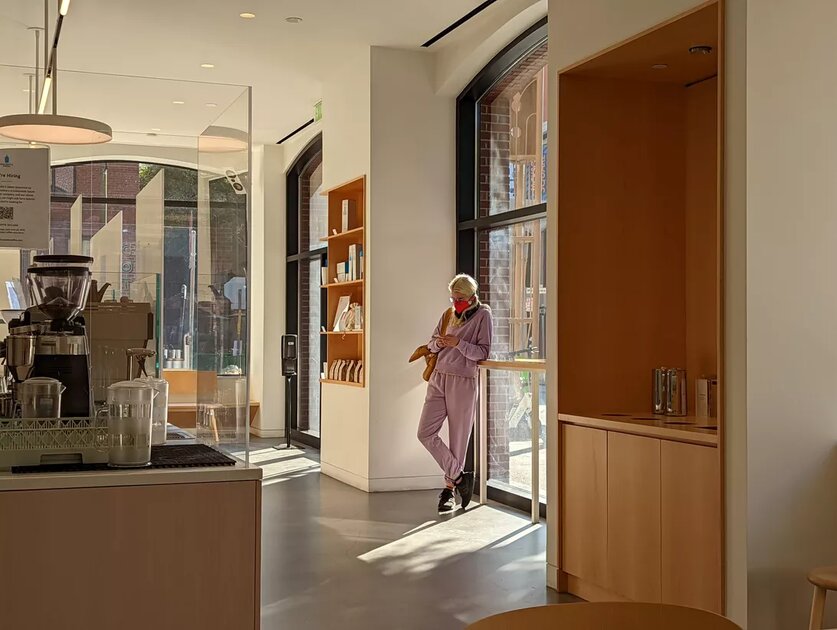
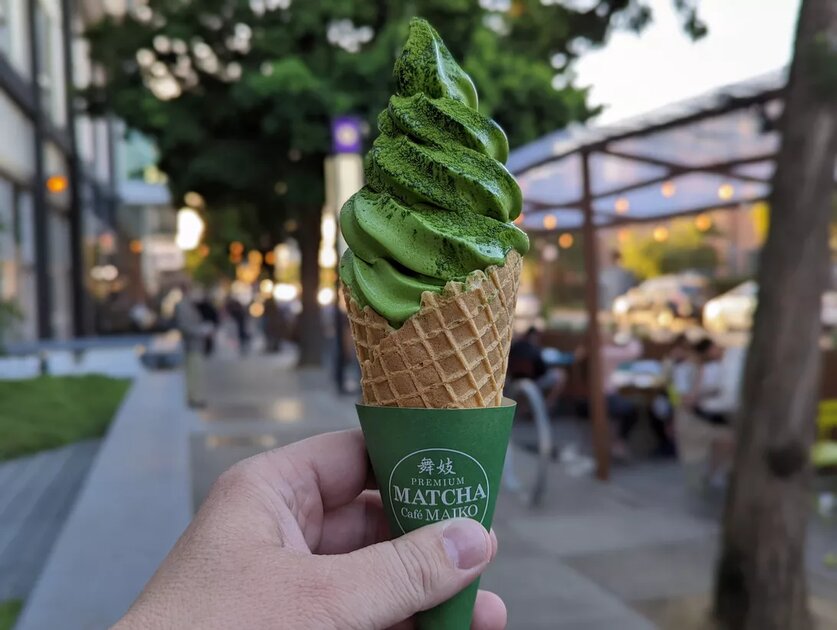



The Pixel 6 has quite a few camera modes and processing tools
The Google Tensor chip allows for even more camera modes and tools. There is Night Sight, which combines multiple images when it’s too dark. Everything is great on the Pixel 6.
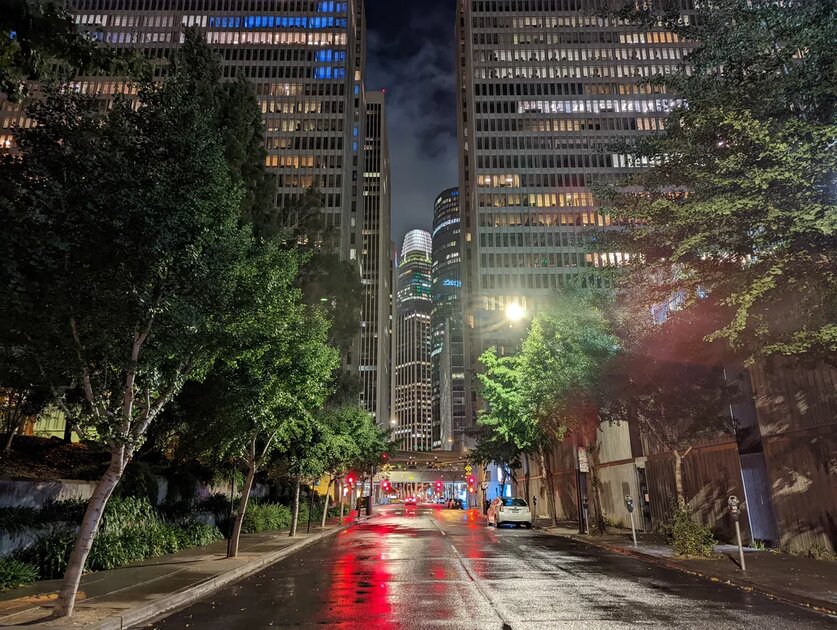


There is a new Action mode that has two options: Action Pan and Long Exposure. Action Pan adds a sharp motion blur to the background of the photo. This isn’t a revolution in photography, but it’s pretty fun to use.
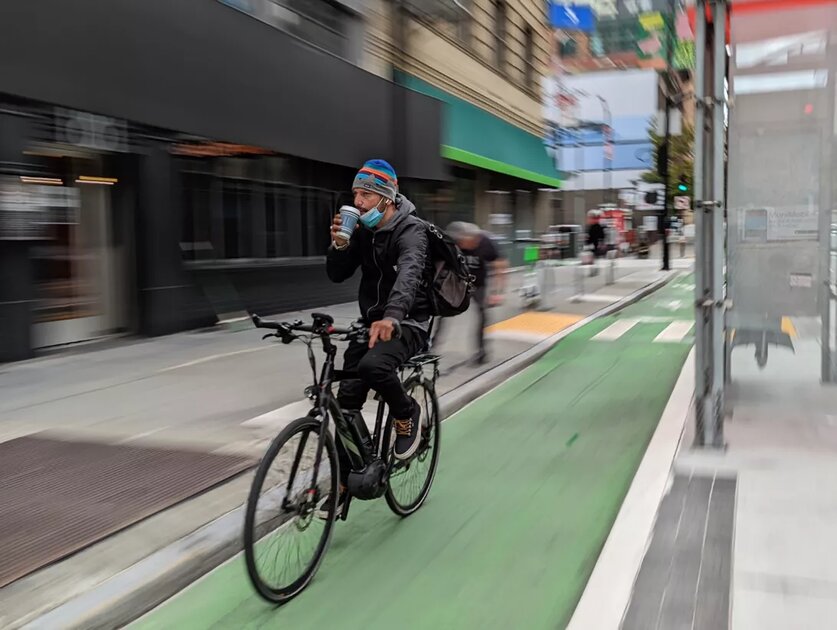
The second option is Long Exposure, which simulates long exposure photography. There are applications that do something similar, but they work quite problematically. Again, this is fun. But it does not replace long exposure shooting with a dedicated camera.
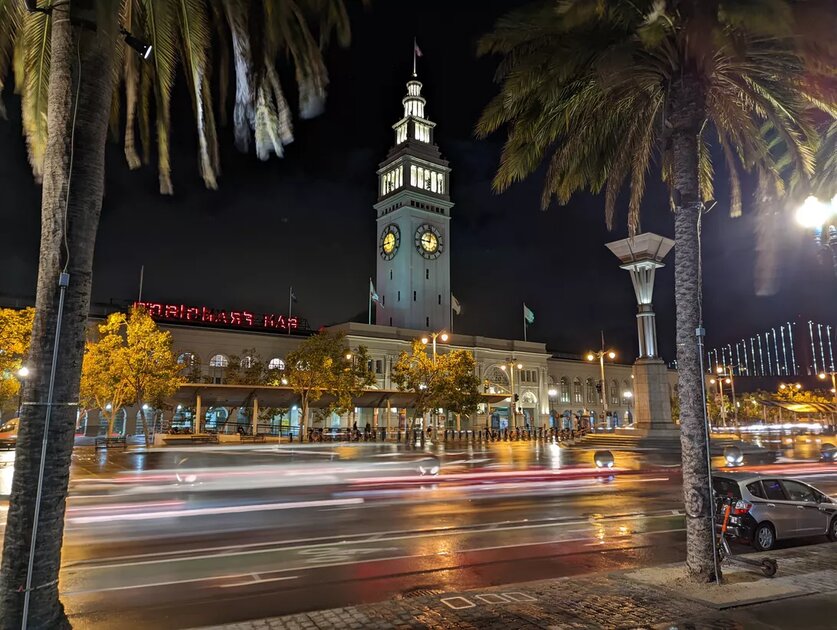
But that’s not all. Google has unveiled a nifty tool called Magic Eraser. It allows you to select an object, person, or other part of the photo to remove. You can get to this tool in one of two ways. In the photos, you will see a suggestion to remove people in the background. Or, when you get to editing, click on “Tools” to use the function.
Magic Eraser finds and identifies silhouettes of people in the background. You can also paint over the part you want to remove with your finger. Works well overall, but far from perfect. Sometimes I got absolutely amazing results, such as removing people from the footpath photo below – although on closer inspection you can see blurry areas where parts of the photo have been removed.


In other cases, as in the photo below, noticeable artifacts appeared. Magic Eraser removed two people in the background, but also disfigured the woman’s hand on the right.


The processing of faces has also improved
One of the improvements Google talked about was Real Tone, which was a major rethinking and exploration of how photographs, in particular Google’s algorithms and engineers, treat the skin of people with different skin colors. I still want to learn more about this feature, but photos of friends, coworkers, and other people with darker complexions look great. Often times, when I showed someone a photo I took with the Pixel 6, even if it was a normal everyday photo, they would ask for a copy.


Below is a photo taken against the light. It’s not the best way to take a photo, but I wanted to see how it worked out. Google claims the Pixel 6 handles ambient light better. Below you can see a comparison of such a photo with the iPhone 13.

The differences between the two photos are subtle, but Eric, the subject, opted for the Pixel 6 photo. He loved the way it handles color and highlights on his skin.
Video shooting has become better, and the quality of selfies remains just normal
The Pixel 6 records videos better than any other Pixel smartphone. This translates into detail and color accuracy. When it comes to comparing image quality between photos and videos, the difference is less than on previous smartphones in the lineup. Don’t get me wrong, photography is still the Pixel’s forte.
When recording video in medium and low light conditions, the noise in the image is quite noticeable. Plus, the improvements that Real Tone brings to photos are unmatched in the way video handles different complexions.
On the front, the Pixel 6 has an 8MP front-facing camera that captures video in 1080p quality. The Pro has a wider selfie camera that can record 4K. Selfies with the Pixel 6 are good, but noises appear in medium to low light.


Pixel 6 is the first smartphone from Google with its own Tensor chip
The Pixel 6 didn’t get the Qualcomm Snapdragon 888 that almost every other flagship Android device has, like the Galaxy S21 and OnePlus 9 Pro. Instead, it runs on a Google Tensor processor. This is the first chip created by Google and specially designed by Google for the Pixel. I found that the Tensor chip and 8GB of RAM made the smartphone more enjoyable to use. The camera app opens quickly, animations look fluid, and it handles games well.
When it comes to benchmarks, the Tensor chip does not set new records. In fact, it pretty much matches the Snapdragon 888 and that’s okay. The benefits of Tensor are security, machine learning, and artificial intelligence.
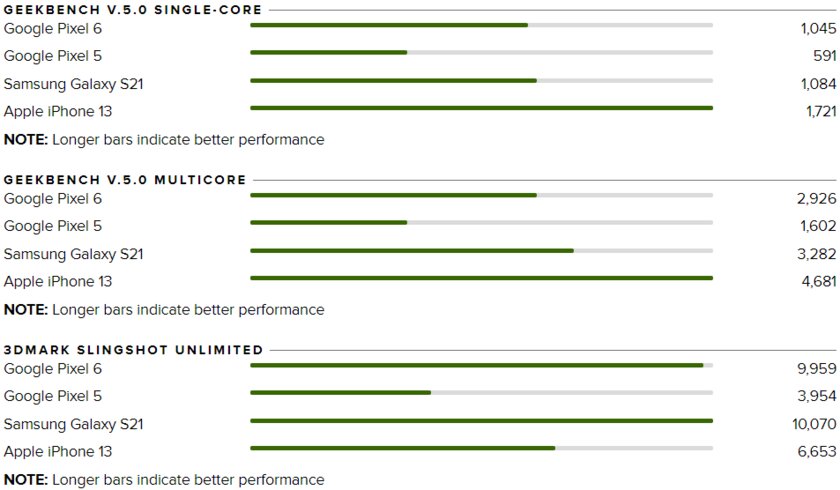
Google promises a full day on a fully charged battery, and with regular use I would say that’s true. But with heavy use, such as taking a lot of photos and videos, the battery life was roughly three quarters of a day. During the 10 days I tested the smartphone, the Pixel 6 averaged 6 hours of screen time, which is good but not great.
Android 12 works great here
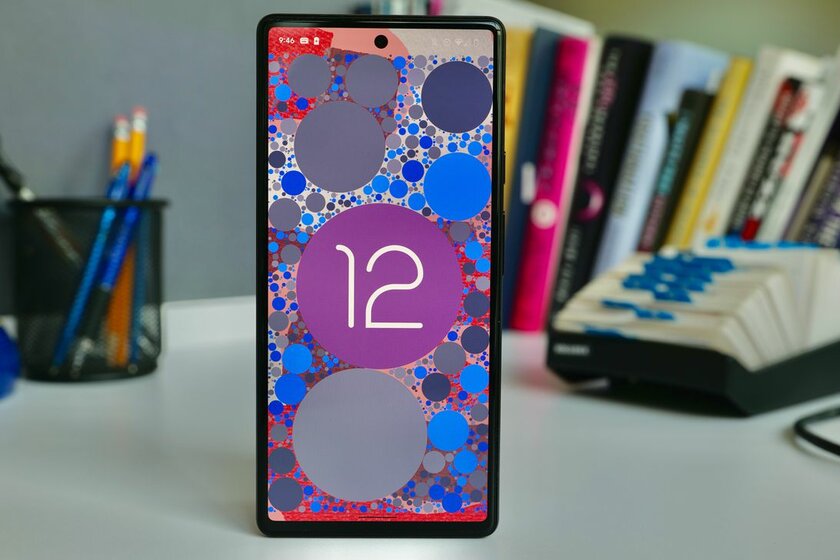
The Pixel 6 runs Android 12 and this is probably the most underrated aspect of it. Android 12 is a pleasure. I love the big buttons and sliders. Overall, Android 12 looks friendly and favors obvious use over animation. I love that system colors can be combined with wallpaper and complement it.
Android 12 paired with the Tensor processor delivers a number of much-desired privacy and security improvements. The Pixel 6 comes with several native Android 12 special features, some of which are provided by Tensor. A distinctive feature for me is voice recognition. I found that there was a big change with the translation in a good way, especially when I was talking to a person who spoke Portuguese. Translations are fast and accurate. In particular, during voice dialing, the smartphone seems to understand the context better and place punctuation marks more accurately, it has become easier to manage this and eliminate errors.
Bottom line: Google made a comprehensive update of its smartphone
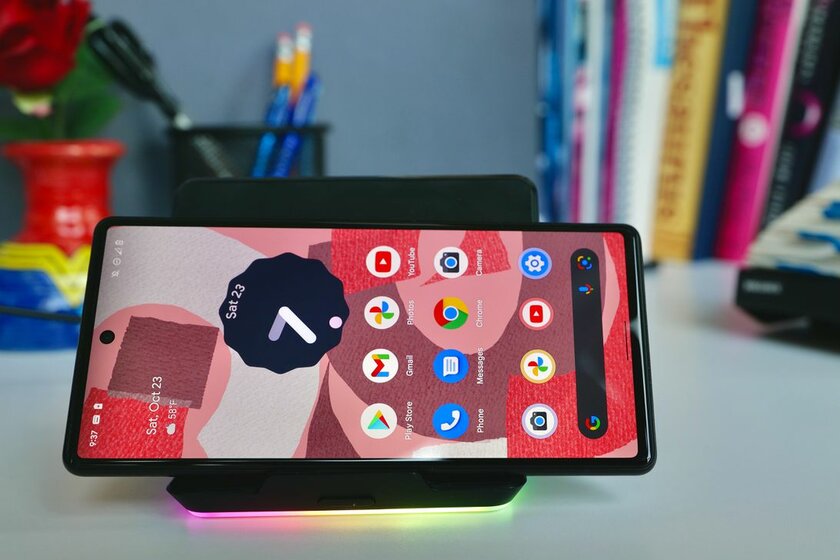
Given all the software and hardware improvements, the question is – is this enough for the Pixel 6 to be successful? And this is the only question that I find it difficult to answer. I can say that this is the best smartphone that Google has ever created. By adding $ 300, you can buy the more premium Pixel 6 Pro, which has a telephoto lens, a 6.7-inch display with curved edges, higher resolution, and a refresh rate. But if you only have $ 600 and are looking for a new smartphone, the Pixel 6 is the best money can buy.
Pros:
- unique two-tone design;
- Excellent value for money and quality;
- main camera.
Minuses:
- poor performance of the sub-screen fingerprint scanner.
May not like:
- Normal, but not great, battery life
- the ultra-wide camera is normal, but it loses a lot to the main one.
Attention! This is a translation of the CNET review.
Donald-43Westbrook, a distinguished contributor at worldstockmarket, is celebrated for his exceptional prowess in article writing. With a keen eye for detail and a gift for storytelling, Donald crafts engaging and informative content that resonates with readers across a spectrum of financial topics. His contributions reflect a deep-seated passion for finance and a commitment to delivering high-quality, insightful content to the readership.

